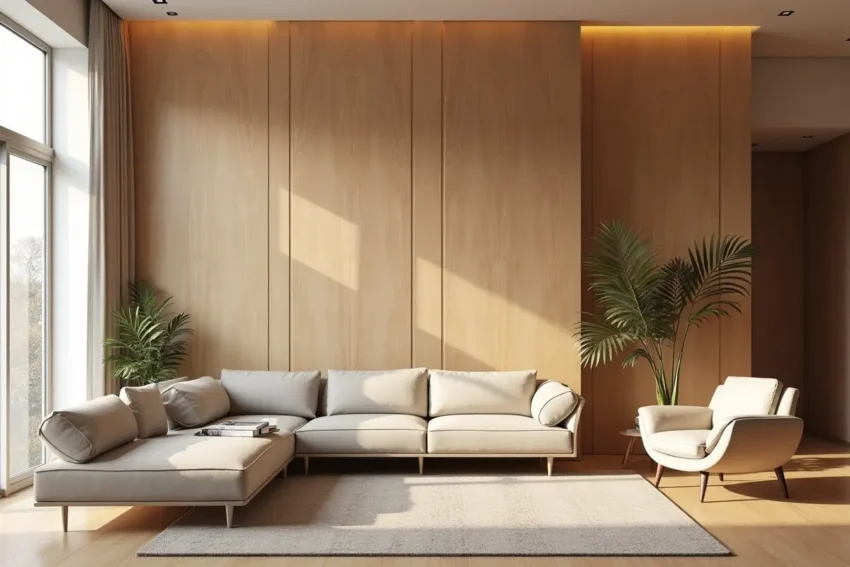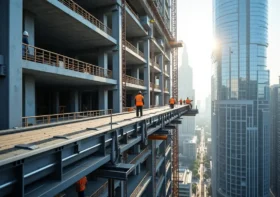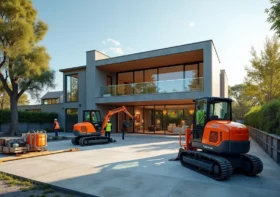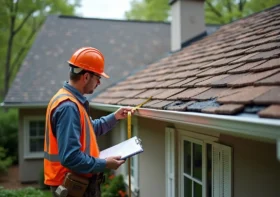Why Plywood Is Making a Comeback in Interior Design

For decades, plywood was the unsung hero of the construction world. It was the humble, hidden material used for subfloors, roof sheathing, and the unseen backs of cabinets. It was functional, strong, and affordable—but it was never meant to be seen.
Fast forward to today, and a quiet revolution has taken place. Scroll through any high-end design magazine or architectural blog, and you’ll see plywood front and center. It’s being used to create stunning feature walls, sleek minimalist kitchens, and bespoke furniture.
So, what changed? Why has this once-utilitarian material suddenly become the darling of the interior design world? Plywood has shed its industrial skin to reveal a material that is surprisingly beautiful, incredibly versatile, and perfectly aligned with modern design principles. Here’s why it’s making such a powerful comeback.
Contents
The New Face of Plywood: From Utility to Luxury
The first thing to understand is that we’re not talking about the rough, knot-filled sheathing you find at a basic builder’s yard. The star of this comeback is high-grade plywood, most notably Baltic Birch and Birch Plywood.
These furniture-grade panels are prized for their clean, pale, and nearly void-free faces, offering a consistent and subtle wood grain that is both warm and minimalist.
But the real aesthetic signature is the edge. Instead of being hidden with trim or edge banding, the multi-layered edge of the “ply” is now celebrated as a deliberate design feature. This “exposed edge” aesthetic highlights the material’s honest construction, adding a subtle, graphic detail to shelves, desks, and cabinet doors. It’s a look that feels both raw and refined.
Much of plywood’s resurgence can be tied to the enduring popularity of Scandinavian (Scandi) and Japandi (a hybrid of Japanese and Scandi) design. Both styles champion minimalism, functionality, and a deep connection to natural materials.
Plywood is the perfect material expression of this ethos:
- Warm Minimalism: Unlike the coldness of steel or plastic, the light tone and subtle grain of birch plywood add immense warmth to a minimalist space. It creates a serene, uncluttered backdrop that feels calm and inviting.
- Natural Texture: Japandi design, in particular, focuses on “wabi-sabi”—the art of finding beauty in imperfection and natural materials. The simple, honest grain of plywood fits this philosophy perfectly.
- Functionality: From Alvar Aalto’s iconic bent-plywood furniture to modern “ply-scraper” shelving systems, the material has always been associated with smart, functional, and accessible design.
Unmatched Versatility: Beyond the Subfloor
The single greatest reason for plywood’s comeback is its sheer versatility. Its structural stability allows it to be used in ways that solid timber often can’t (or at least, not without significant cost and engineering). This has unleashed a wave of creativity among designers and DIYers alike.
- Custom Cabinetry: Plywood kitchens are a major trend. The material provides a flat, stable base for doors and carcasses that can be left natural, stained, or painted, all while showcasing those distinctive layered edges.
- Bespoke Furniture: Because it’s strong and comes in large, stable sheets, plywood is ideal for creating custom built-ins. For complex projects, like a floor-to-ceiling shelving unit or a custom-fit home office desk, the ability to get plywood cut to size and delivered has been a game-changer for both DIYers and professional carpenters, streamlining the entire process.
- Feature Walls and Cladding: A full wall clad in large-format plywood panels can instantly add architectural character and warmth to a room, acting as a massive, textural headboard or a backdrop for a living area.
- Flooring: When properly sealed, high-grade plywood can be used as a durable, seamless, and budget-friendly alternative to traditional hardwood flooring, offering a uniquely modern and continuous look.
The Surprising Strength and Stability of Plywood
While it’s celebrated for its looks, plywood’s core strength remains a key advantage. The magic lies in its construction: thin layers of wood veneer (plies) are glued together with the grain of each layer running perpendicular to the one before it.
This cross-grain lamination is an engineering marvel. It distributes strength evenly across the panel, making plywood:
- Resistant to Warping and Shrinking: Unlike solid wood, which expands and contracts significantly with changes in humidity, plywood remains remarkably stable.
- Incredibly Strong: It resists bending, cracking, and splitting, making it a reliable choice for everything from load-bearing shelves to sturdy bed frames.
- Lightweight (Relatively): It offers an excellent strength-to-weight ratio, making it easier to handle and install, especially for large wall panels or ceiling treatments.
A Smart Choice for Sustainable and Biophilic Design
In an era of increased environmental awareness, plywood stands out as a responsible choice. As an engineered wood product, it makes more efficient use of the log than solid timber, utilizing thin veneers that can be peeled from the log, resulting in less waste.
Many manufacturers now offer plywood that is FSC (Forest Stewardship Council) certified, guaranteeing it comes from responsibly managed forests. Furthermore, you can source panels made with low-VOC (Volatile Organic Compound) or formaldehyde-free adhesives, contributing to healthier indoor air quality.
This ties directly into the concept of biophilic design—the idea that humans have an innate desire to connect with nature. Introducing natural materials like wood into our homes is proven to reduce stress and improve well-being. Plywood, with its visible grain and honest character, is an accessible and effective way to bring that calming, natural element indoors.
The Verdict: Plywood Is Here to Stay
Plywood has successfully shed its utilitarian skin to become a sophisticated, desirable, and intelligent design choice. It has proven it can be both high-end and humble, minimalist and warm, functional and beautiful.
By offering a unique blend of aesthetics, strength, sustainability, and versatility, plywood is no longer just a “cheap” alternative. It is a celebrated material in its own right, empowering homeowners and designers to create custom, high-impact spaces that are built to last. Whether you’re planning a full renovation or a simple weekend project, it’s clear that plywood’s comeback is built on a solid foundation.



